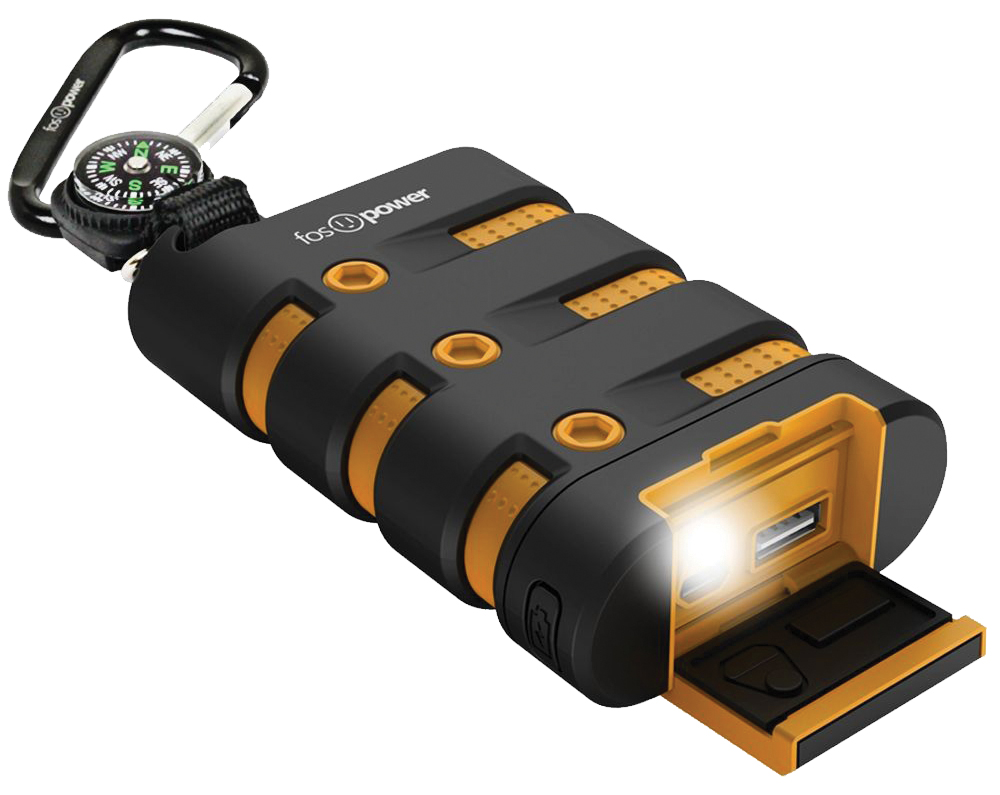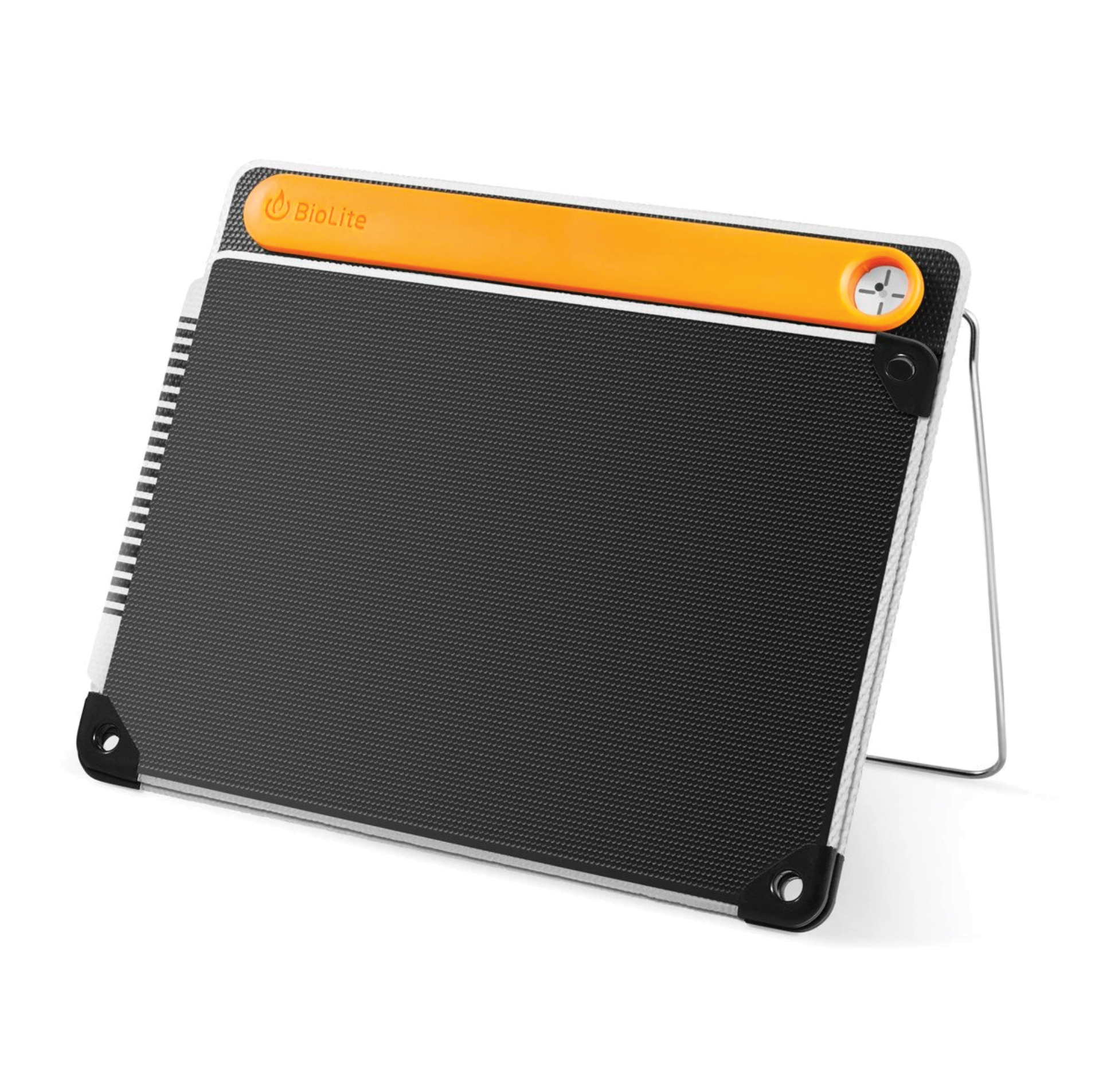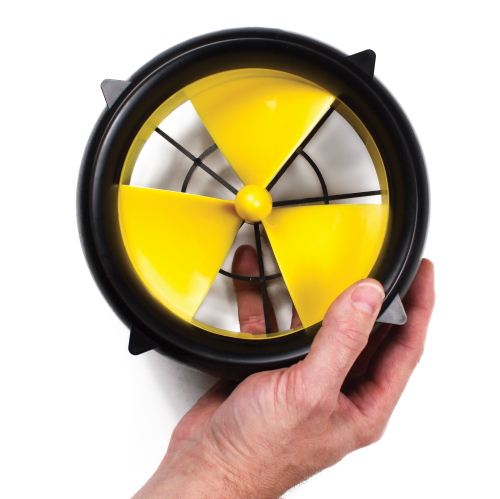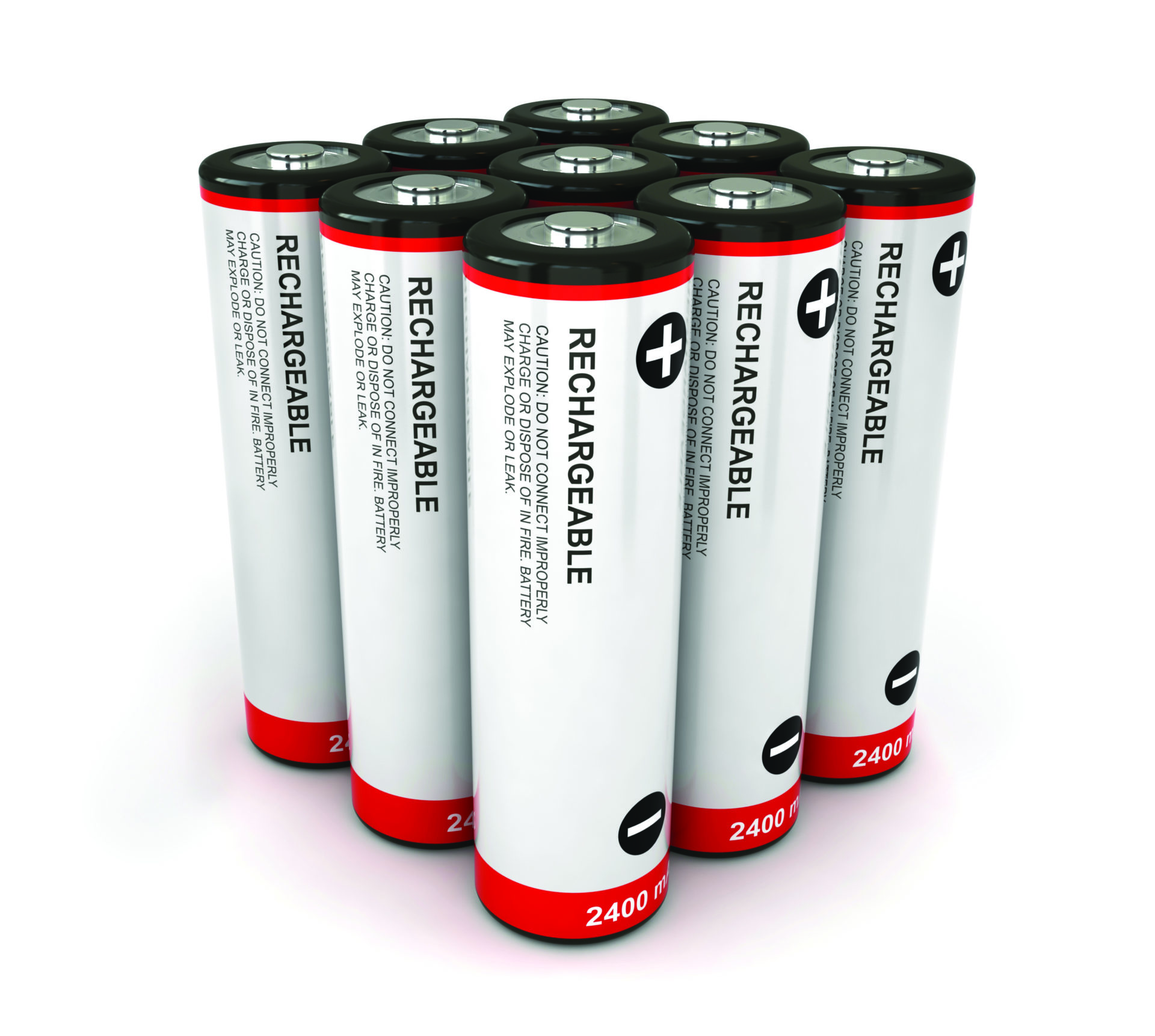Twelve percent – wait, what? I’m two days into my family’s six-day backcountry canoe trip, and my GPS is reading 12 per cent battery remaining. How did this happen, and more importantly, how can I possibly keep using that essential device for the rest of our journey?
Advertisement
Electronic gadgets inform, guide and record our outdoor adventures, and all of these devices require a source of power. Phones, GPS, satellite GPS communicators, trail cams, action cameras and more rely on internal batteries. But have you ever noticed these batteries die at the most inopportune times? Heading to the field with freshly charged batteries is a good start, yet sometimes we need an extra boost of power. The good news is, there are plenty of options to keep that battery indicator in the green.
Advertisement
Power Bank
For small devices like cell phones, a power bank is the simplest option for topping up a charge – up to several times. Power banks are nothing more than a battery pack. They range in size from pocket-sized units to large banks with enough juice to jumpstart a vehicle. Power bank capacity is typically measured in milliamp-hours. Charging a hand-held device via a USB cable is quick and convenient. When shopping for a power bank, look for high-capacity packs capable of charging a phone two or three times. On a recent backcountry trip, I used a FosPower (https://fospower.com) PowerActive 10200mAh USB power bank. The housing is waterproof – a nice touch for outdoor use. Over seven days, I used it to top up my Garmin inReach satellite communications device, headlamps and phone. Power banks are compact and modestly heavy (the PowerActive weighs 220 grams), and once they’re depleted it takes several hours to recharge them – most easily accomplished from a household power supply.
Advertisement
Solar
Solar power is a tried and true method to generate off-grid power. Photo-voltaic cells convert solar energy into electrical current. An array of cells makes up a solar panel, so the larger the panel, the greater the power output. Several companies make portable solar panels that work well in the outdoors. Biolite’s (https://www.bioliteenergy.com) Solar Panel 10+ is a foldable 10-watt power panel with an integrated 3,000 mAh battery; essentially, a battery bank with a solar trickle charger. Obviously, solar panels require sunlight to generate power, reaching peak efficiency when pointed directly at the sun. The 10+ includes a sun dial to best align the panel with the sun angle, helping to capture the most rays for optimum power input. A USB connector attaches and charges any compatible device. On a sunny, cloudless day, I found the unit quickly charged my small devices within one to two hours. The downside to solar power is sunny weather – sadly, not always reliable during outdoor adventures. At 550 grams, it’s the lightest of the field charging units we’ll discuss.
Thermoelectric Generators
Cook your dinner, brew a coffee and charge your electronics, all at the same time. Sound good? It’s possible with the thermoelectric generator built into the Biolite CampStove 2. The stove burns biofuels, such as finger-sized sticks. The heat from combustion is converted into electricity, powering a fan which injects air back into the burn chamber, dramatically improving combustion. On top of that, it sends a current to the USB charging port and excess power is stored in a 2,600 mAh internal battery, which acts as a power bank. Its USB output is three watts – much less than the solar panel – but not limited by sunshine. A Biolite CampStove 2 is a good choice as a multi-functional unit, but charge times can be long for high-capacity batteries. Weight is a consideration as well – this particular unit weighs nearly a kilogram (935 grams), which may be a deciding factor.
Wind & Water Turbines
Portable turbines generate electricity in flowing water or wind. They have the potential to create electricity night and day if there is sufficient flow turning the blades. Turbines by Water Lily (https://www.waterlilyturbine.com) output up to 15 watts of power. Options include USB (five-volt) and 12-volt options. For even more power output, chaining multiple units together multiplies the output. I’m excited to try this option, coming soon.
Charging Standard Batteries Via USB
Electronics that require AA or AAA batteries can be charged using one of the devices we’ve discussed via a special charger with a USB input. An alternative option is to charge spare batteries at home and take them as a backup. There are a wide range of rechargeable batteries, and generally you get what you pay for. Less expensive batteries have lower capacities and may not perform as well under certain conditions. Do some research before purchasing. Rechargeable batteries last a long time if cycled regularly.
As we get more and more cool tech gear to support our backcountry adventures, it’s important to evaluate which power sources are right for you and your adventure. Hopefully this article shed some light on the variety of charging options, so your electronics don’t leave you in the dark when it matters most.




